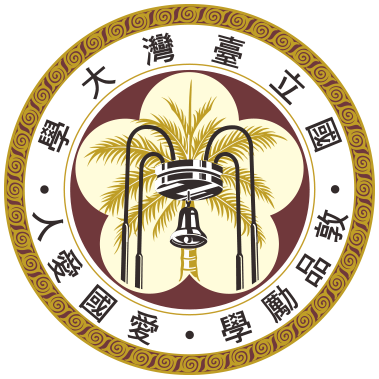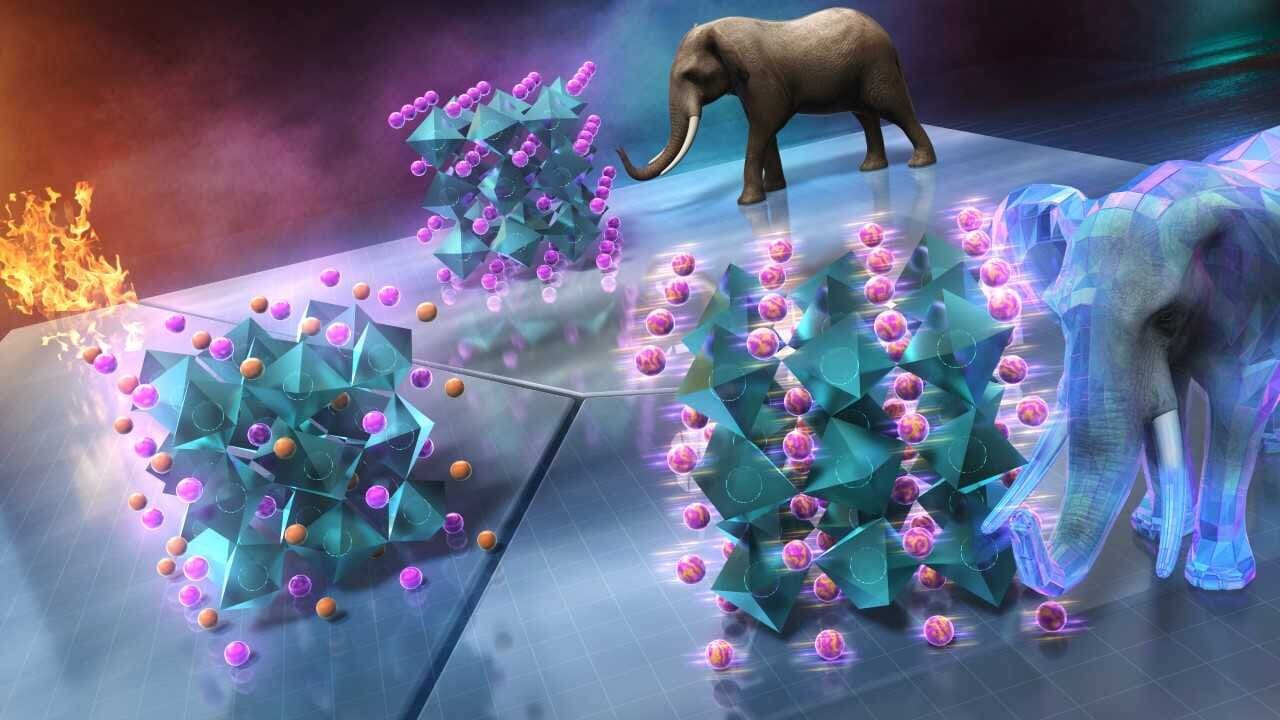Researchers have uncovered a surprising phenomenon in the material BiNiO3: when subjected to high pressure at low temperatures, its well-arranged electrical charges are disrupted, leading to a disordered "charge glass" state.
The study is published in the journal Nature Communications.
This discovery offers new insights into how materials respond to extreme conditions, potentially paving the way for new advanced materials with unique and useful properties.
BiNiO3, a member of the perovskite oxide family, is known for its distinctive charge distribution and structural arrangement. Under normal conditions, it maintains a specific columnar order of bismuth ions (Bi3+ and Bi5+).
When pressure is increased to 3 gigapascals, this ordered structure begins to "melt," causing charge transfer between bismuth and nickel ions. As the pressure increases further, between 4 and 5 gigapascals and temperatures below 200 Kelvin, this ordered pattern collapses, resulting in a "charge glass" state.
This state is characterized by a random distribution of electrical charges, similar to how certain materials lose their crystalline structure under pressure. Notably, when heated under pressure, BiNiO3 transitions to a metallic state, accompanied by a reduction in volume, a phenomenon known as negative thermal expansion.
Such unusual behavior and phase transitions showcase a unique interplay between pressure, temperature, and electrical properties.
"These transformations—including charge transfer, charge disproportionation, and charge amorphization—offer new possibilities for designing materials with unusual properties, such as negative thermal expansion, magnetocaloric effect, etc.," said Dr. Wei-Tin Chen, one of the leading authors of the research.
"The ability to manipulate the electrical charge arrangement through pressure and temperature variations could lead to innovations in electronic devices, sensors, and other technologies that rely on precise control of material properties."
More information: Wei-tin Chen et al, Pressure-induced charge amorphisation in BiNiO3, Nature Communications (2025). DOI: 10.1038/s41467-025-57247-1
Journal information: Nature Communications


